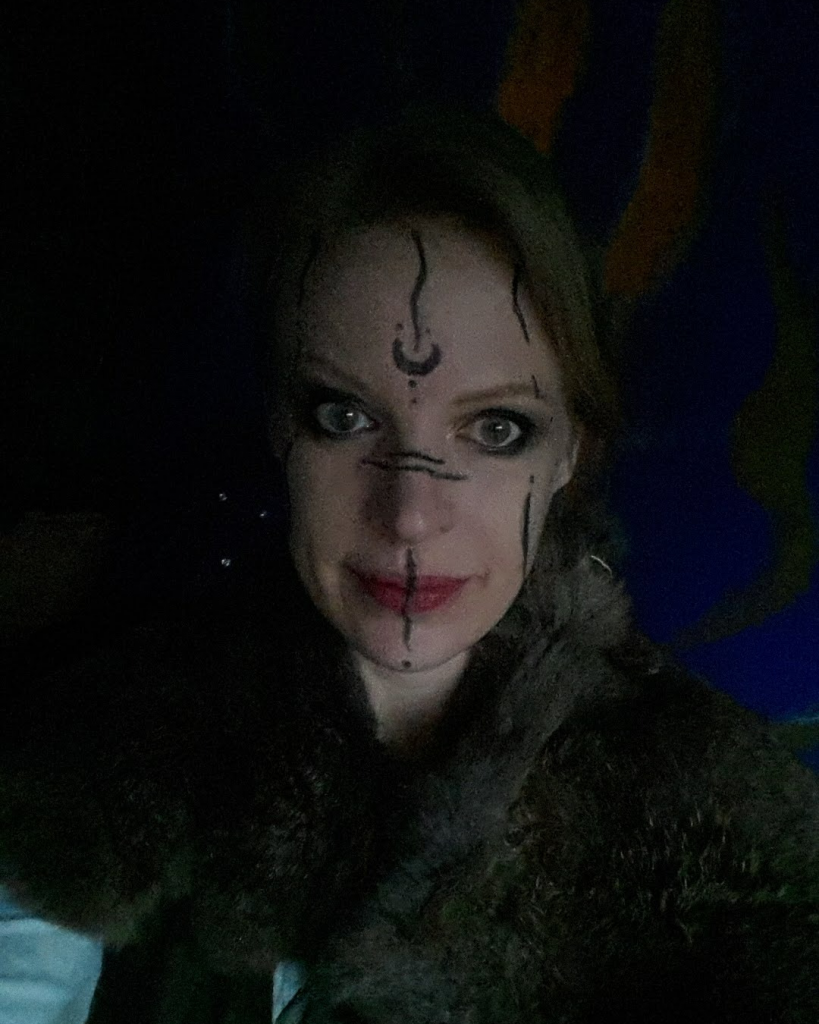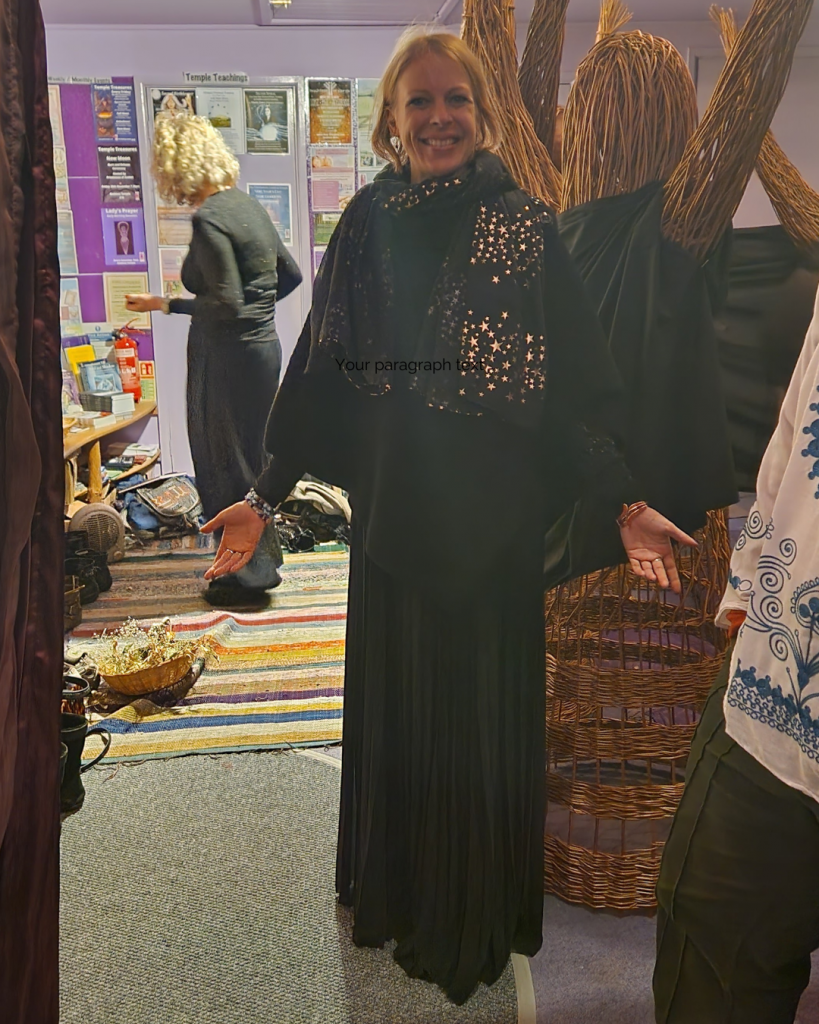Celebrating the Rebirth of Light
Yule, also known as the Winter Solstice, is a time-honored celebration marking the longest night of the year and the return of the sun’s warmth and light on December 21st. It is a time of renewal, reflection, and joyous festivities observed by various cultures around the world.
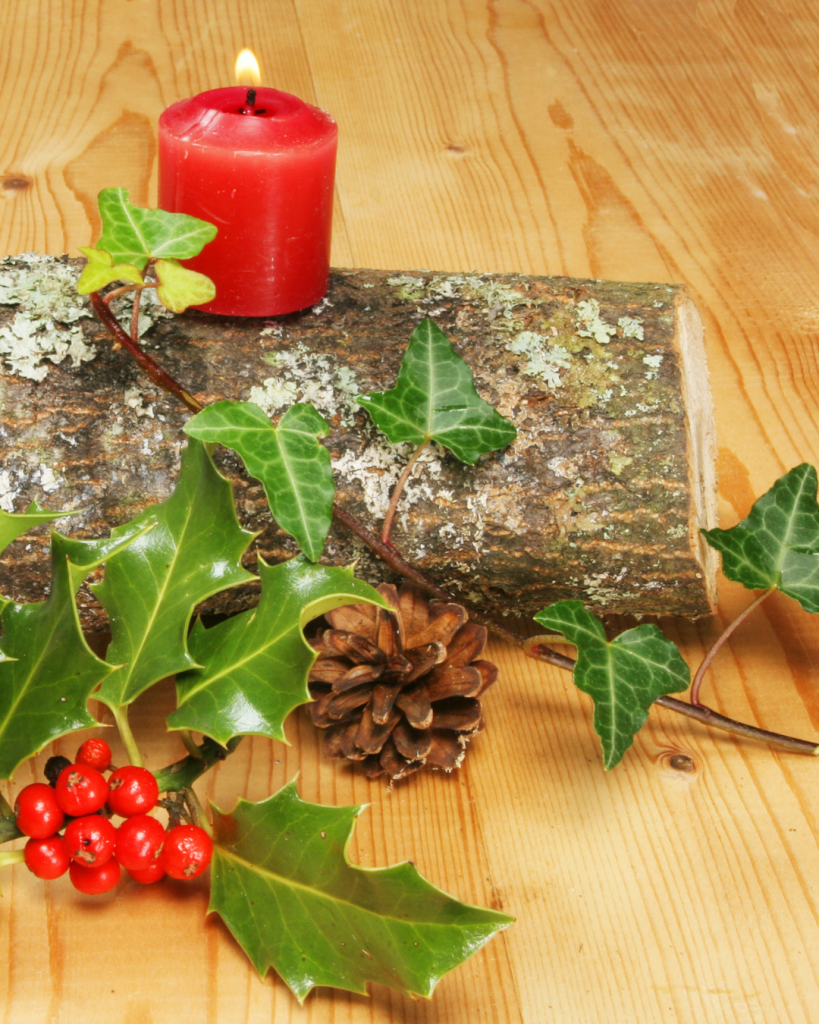
Meaning and Significance
Yule holds deep symbolic significance, symbolizing the triumph of light over darkness and the promise of new beginnings. It represents the cyclical nature of life, with the rebirth of the sun bringing hope and renewal amidst the cold winter months.
History and Origins
Rooted in ancient pagan traditions, Yule has been celebrated for centuries as a time to honor the changing seasons and the rhythms of nature. It is linked to the agricultural calendar, marking the midpoint of winter and the gradual lengthening of days.
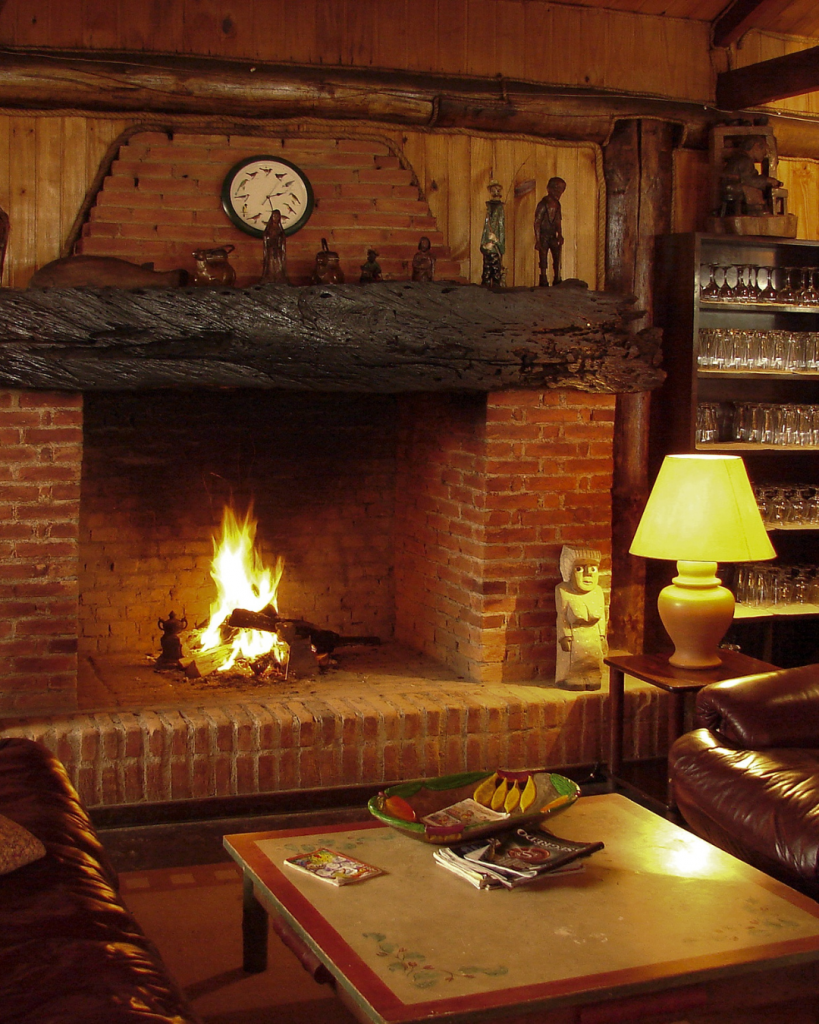
Traditions and Customs
Yule is celebrated with a variety of traditions and customs, including lighting candles or a Yule log to symbolize the return of light, exchanging gifts with loved ones, and decorating homes with evergreens, mistletoe, and other symbols of renewal. The Yule Log ceremony, where a large log is decorated, blessed, and burned in a hearth or bonfire, is a prominent tradition symbolizing the returning light and warmth of the sun.
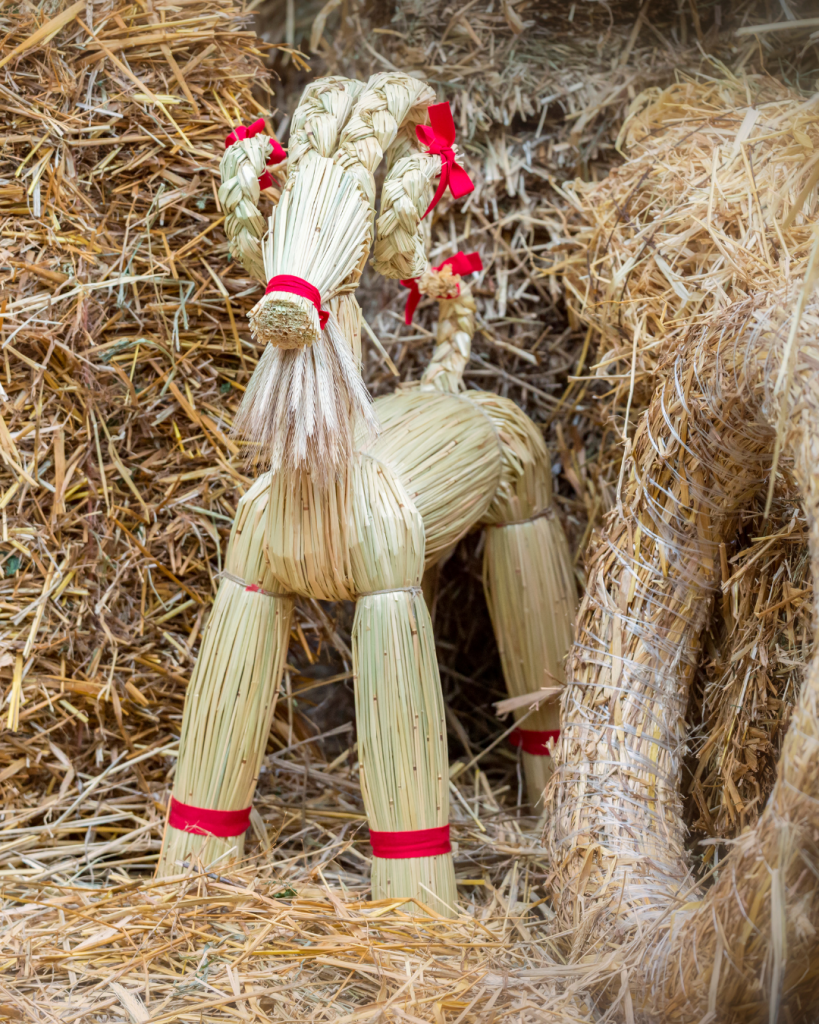
Modern Observance
In modern times, Yule, known as “Jul” in Scandinavia, including countries like Sweden, Norway, Denmark, and Finland, is celebrated with a blend of ancient customs and contemporary practices. Families and communities come together to share meals, exchange gifts, and participate in festive rituals that honor the spirit of the season. Additionally, these regions also celebrate Christmas, adding to the joyous festivities during the holiday season
Cultural and Regional Variations
Yule is observed in various ways across different cultures and regions. From the Dongzhi Festival in China, marking the winter solstice with family reunions and sweet rice balls, to the Germanic paganism traditions of feasting, drinking, and bonfires, each culture brings its own unique flavor to the festivities.
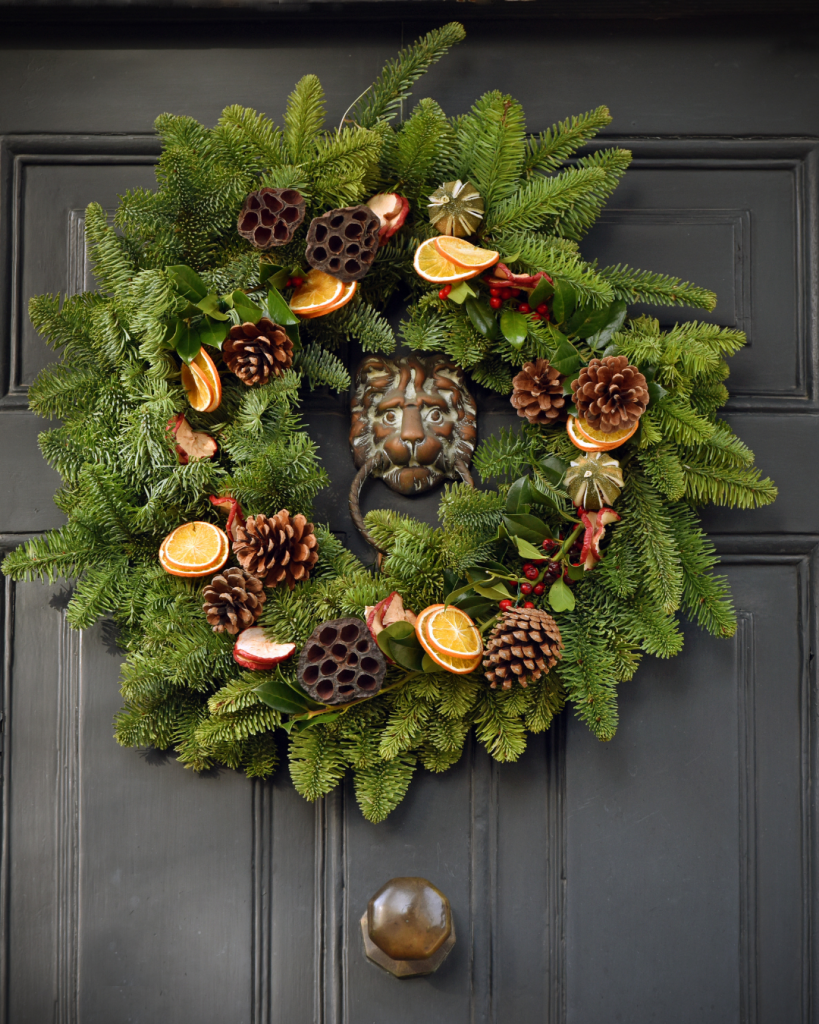
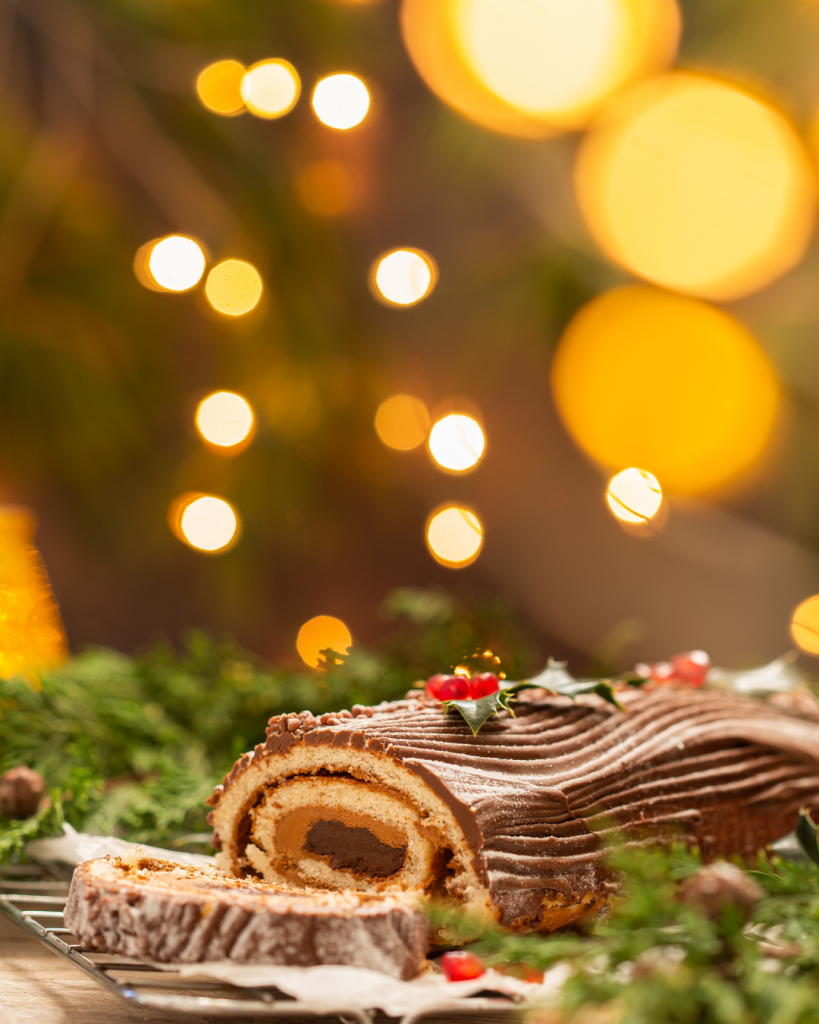
Connection to Nature and Seasons
At the heart of Yule celebrations is a deep connection to the natural world and the changing seasons. It is a time to honor the cycles of nature, the rhythms of the earth, and our place within the cosmic order.
Conclusion
Yule is a time of celebration, reflection, and spiritual growth. As we gather with loved ones to welcome the return of light, let us embrace the warmth of community and the promise of new beginnings that this sacred season brings.
Practical Tips and Ideas
- Light candles or a Yule log to symbolize the return of light.
- Light a Yule bonfire.
- Burn your Advent wreath and old things you collected or old decoration.
- Exchange gifts with loved ones and spend quality time together.
- Decorate your home with evergreens, mistletoe, and other symbols of renewal.
- Take time for reflection and introspection, focusing on gratitude and inner growth.
- Connect with nature by taking a winter walk or spending time outdoors.
- Celebrate the season with festive meals, music, and rituals that honor the rebirth of light and the promise of new beginnings.
